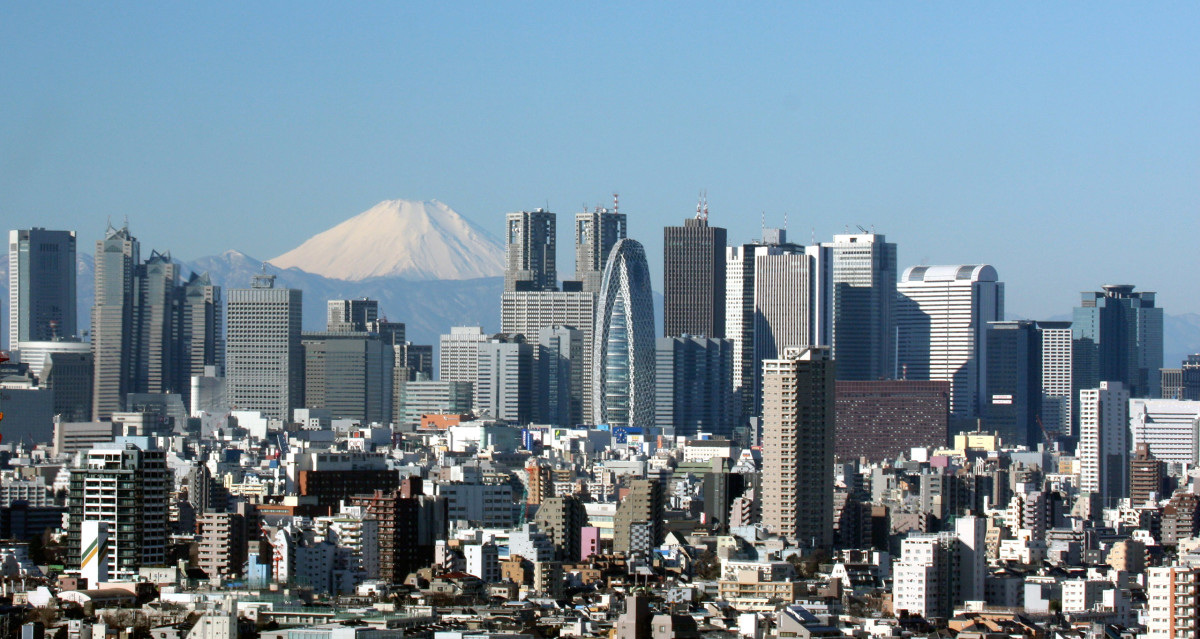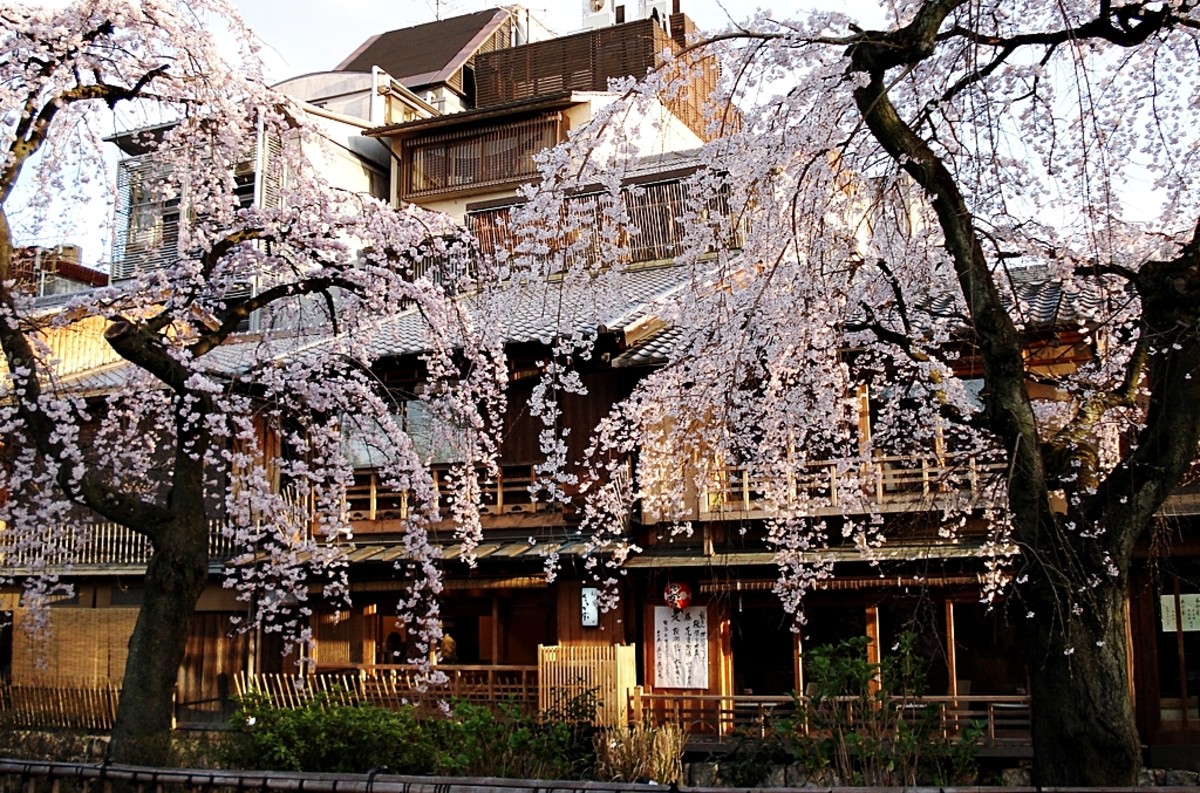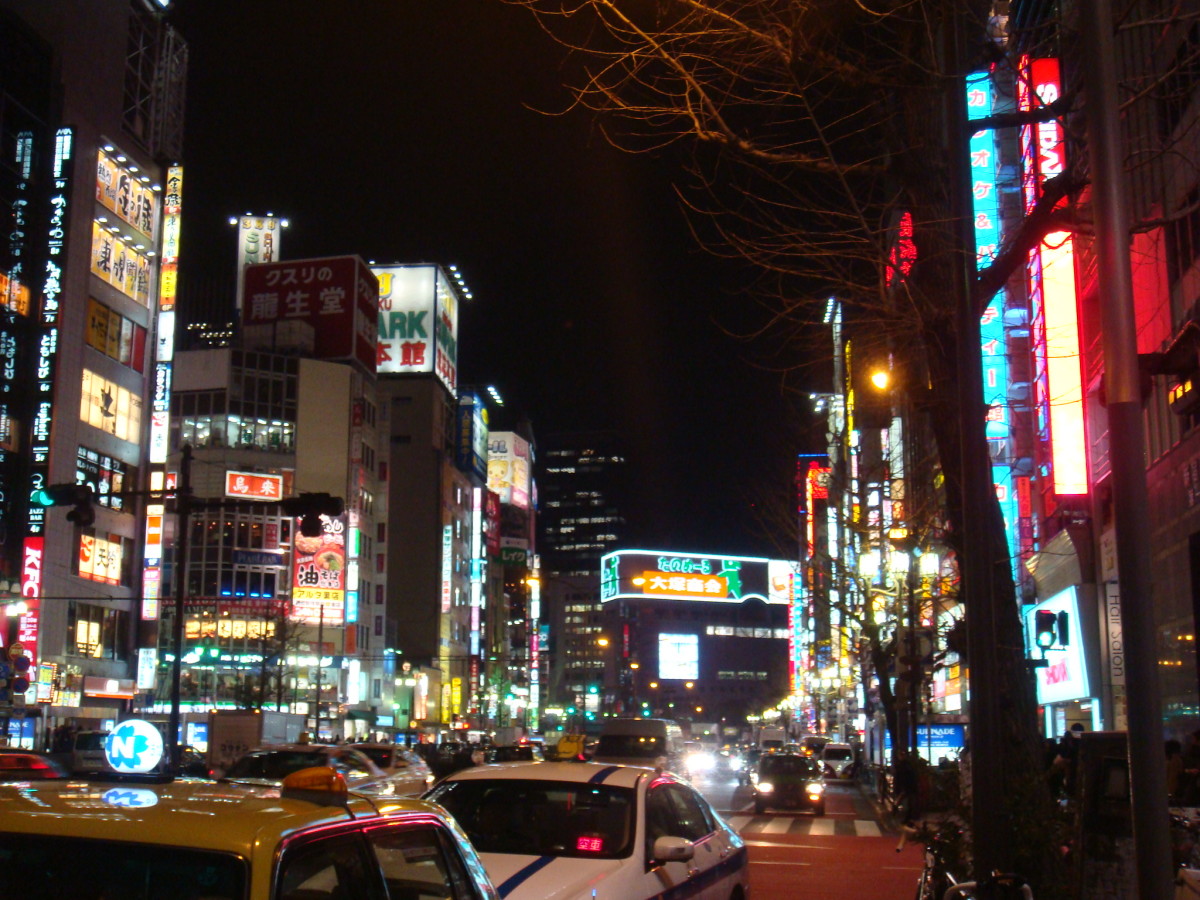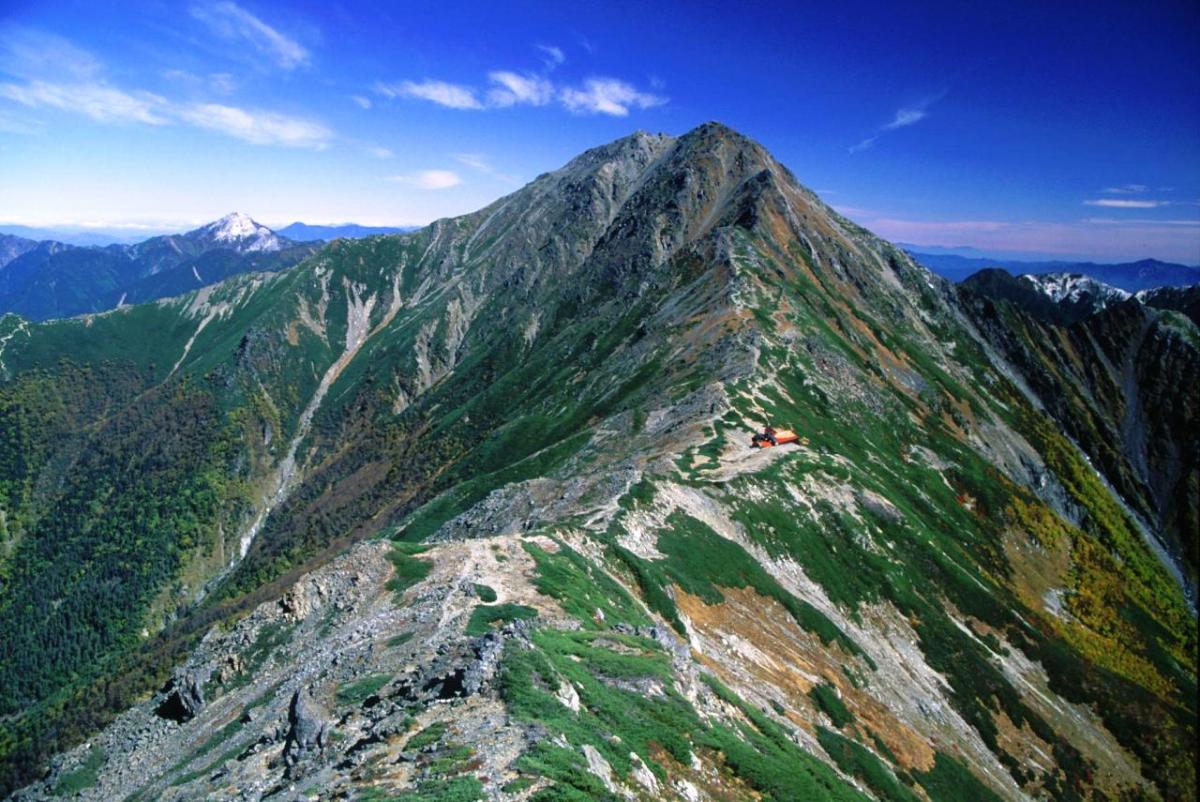- HubPages»
- Travel and Places»
- Visiting Asia»
- Eastern Asia
10 Imposing, Historic, Must-Visit Castles in Japan
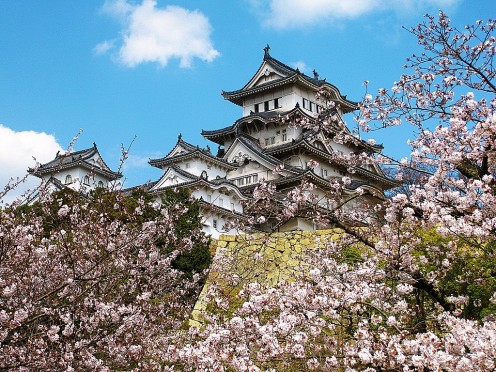
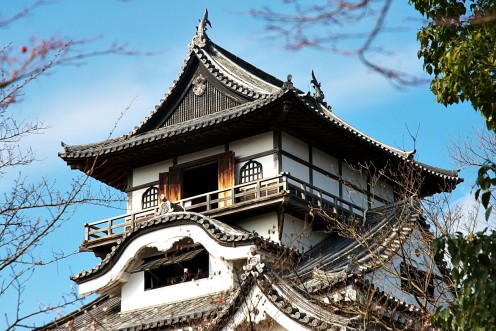
A trip to Japan could never be complete without a visit to its historic, grand, and striking castles that can be found all over the archipelago.
After all, Japan is not all about its serene and intricately decorated Shinto shrines and Buddhist temples.
Visitors who would like to appreciate the “real” Japan ought to see visit its original, reconstructed, and palace-style castles or even the ruins of past castles.
This is because Japanese castles are closely linked to the story of Japan as a country.
How Japanese Castles Symbolize the Rich History of Japan
There was a time when Japan was not a unified country that it is right now.
- In the 15th century, the country was fragmented into several loosely divided states that waged long-drawn wars and short-lived battles against one another.
This era is called sengoku jidai or the era of warring states that ensued immediately following the weakened control of the then Japanese national government.
During this time, heads of Japanese warring states made it a point to put up castles in elevated places like mountains.
Obviously, part of their purpose was to create a bastion from which they could defend and rule their territories as well as carry out their wars without having to expose their selves to easy assaults, which were not uncommon in the plains.
- A century after the wars and battles, Japan was finally unified.
At this time, large-sized castles were erected and served as branches of government agencies and military headquarters.
Unlike their predecessors, these castles were built in plains, making them accessible to people in the area.
Eventually, they became the focal point of typical Japanese castle towns.
- Still, many castles were destroyed in the Meiji Era, when leaders viewed castles as unwelcome and unnecessary symbols of Japan’s past feudal period.
- More were burnt down during the ceaseless raids of Japan during the terrible World War II.
To date, only a handful of the old, storied castles survive.
What to Expect in Japanese Castles and Castle Towns
An entry into a Japanese castle can usher one into elaborate layers of defenses.
- Gate: Japanese castles usually have two gates found perpendicular to each other. Between the two gates lies a yard that is sturdily shielded from all angles.
- Wall and Moat: Several layers of thick walls and yawning moats surround the palace grounds. The walls and moats were designed to push up the defenses of the castles.
- Tower: The thick walls of the castles are punctured by towers, which served as watch towers and/or storage rooms.
- Castle: The most imposing and well-defended part of the castle ground is naturally the main castle itself. From the outside, typical Japanese castles appear to have two to five stories. Inside, there are actually more floors than two or five.
10 Must-See Castles in Japan
1. Himeji Castle
A UNESCO World Heritage Site that draws in millions of local and international tourists is the Himeji Castle in Japan.
This castle currently stands in its original form, having escaped wars, fires, earthquakes, typhoons, as well as man-made and natural disasters.
As the most original castle in Japan, the Himeji Castle or Himejijo is considered as a Japanese national treasure for it is a one-of-a-kind example of a feudal castle.
Himeji Castle is a designated national treasure of Japan.
2. Matsumoto Castle
One of the largely original surviving castles that retain most of their old features is the Matsumoto Castle or Matsumotojo.
This Japanese castle has well-preserved towers and turrets that are dated from as early as 1592.
Unlike many of the surviving castles in Japan, Matsumotojo is built on plains and not in elevated places like mountainsides.
Matsumoto Castle is a designated national treasure of Japan.
3. Bitchu-Matsuyama Castle
The Bitchu-Matsuyama Castle or the Matsuyama Castle is the oldest surviving castle in Japan.
First constructed in 1240 north of the town of Takahashi, it was built as a military fortress.
Thus, it was created in an elevated place, about 430 meters from the ground, making it difficult for enemies to launch assaults on the castle’s dwellers.
4. Matsue Castle
A castle assigned to the close relatives of the powerful Tokugawa clan, the Matsudaira clan, the Matsue Castle or the Matsuejo is a large Japanese-style castle that retains most of its original forms.
The original construction of Matsuejo was commissioned in 1611 by Horio Yoshiharu, a local lord.
It has survived many natural disasters but had to undergo renovation in 1950s to keeps its structure intact.
5. Hikone Castle
Considered as a Japanese national treasure, the Hikone Castle or Hikonejo was created over a period of two decades and only completed in 1622.
The castle used to serve as a headquarters of the influential and powerful feudal lords.
It is a generally original castle, keeping most of the features and foundations of its first main keep, moats, walls, gates, and turrets.
This castle also features the beautiful Genkyuen Garden, a popular spot for watching cherry blossoms during spring.
Hikone Castle is a designated national treasure of Japan.
6. Hirosaki Castle
Located in one of Japan’s best cherry blossoms viewing spots, Hirosaki Castle is a three-story castle built by the powerful Tsugaru clan in 1611.
The castle used to tower at five stories high until it was struck by a lightning in 1627.
Renovated in 1810, the castle looked largely the same as it does now.
It has moats, gates, turrets, and a tower.
The Hirosaki Castle can be found in the Hirosaki Park, a famous and spacious park where people enjoy the view of at least 2,000 cherry blossom trees during the spring season.
7. Inuyama Castle
Arguably Japan’s oldest surviving castle, Inuyama Castle was built in 1537atop a hill adjacent the beautiful Kiso River.
From the castle’s topmost floor, one can get a spectacular view of the locality.
Inuyama Castle served as the stronghold of the local Naruse lords.
It is a designated national treasure of Japan.
8. Kochi Castle
The Kochi Castle or the Kochijo is a unique Japanese castle which main tower was not only used as a military base but also the residence of powerful lords.
Most other castles in Japan have main towers that were used exclusively for military purposes only.
Inside the castle, one can see the castle’s interiors as they appeared back in the Edo Era.
Kochijo was first built between 1601 and 1611.
9. Nijo Castle
A UNESCO World Heritage Site, the Nijo Castle or Nijojo was the Kyoto castle of the powerful Tokugawa Ieyasu, unifier of Japan, founder of the Edo Era, and the first shogun of that era.
About 23 years after Tokugawa Ieyasu built the castle, his grandson, Iemitsu, expanded the castle structures and created a castle keep.
Nijojo was used as an imperial palace until it was opened to the public as a viewing site.
It is Japan’s best architectural representation of its feudal past.
10. Shuri Castle
Part of the UNESCO World Sites in Japan, the Shuri Castle served as the residence of the kings of the Ryukyu Kingdom.
Originally built around 1300s, the castle withstood raids and multiple destructions over time.
It is located atop a hill and its main buildings lead to multiple gates, including the world-famous Shureimon Gate.
Copyright © 2012 Kerlyn Bautista
All Rights Reserved
More Hubs about Travelling in Japan
- Japan Accommodations: 5 Best Places to Stay in Japan
- 10 Most Colorful Japanese Holidays
- 10 Finest Shrines and Temples in Japan
- 10 Unforgettable UNESCO World Heritage Sites in Japan
- 10 Historic, Must-Visit Towns and Districts in Japan
- 10 Best Places to Visit When Travelling in Kyoto, Japan
- 10 Best Places to Visit When Travelling in Nara, Japan
- 10 Best Places to Visit When Travelling in Hokkaido, Japan
- 10 Best Places to Visit When Travelling in Okinawa, Japan
- Top 20 Places to Visit and Things to Do in Japan

